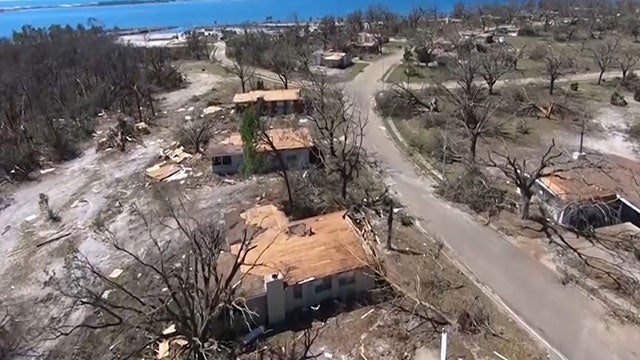FEMA wants to better prepare for natural disasters in poorer, rural communities
WASHINGTON (NEXSTAR) — The Federal Emergency Management Agency says there is a gap between how wealthier, urban communities and poorer, rural communities recover from natural disasters.
To fix it, the agency is calling on federal, state and local governments to work together to better prepare for when the next one strikes.
FEMA released a new plan this month to save lives and money across the country.
“There’s a need. There’s a gap,” said Michael Grimm, FEMA assistant administrator for risk management.
From floods and tornadoes in the Midwest to hurricanes and earthquakes on the coast, when disasters strike they devastate communities and cost taxpayers billions of dollars.
FEMA said it wants to start spending more money before disaster strikes.
“How can we do things differently so that we can focus our resources together to improve resilience in communities?” Grimm said.
Grimm said FEMA’s new National Mitigation Investment Strategy directs federal, state and local governments and the private sector to work together to come up with ways to prepare for disasters.
“So that communities of different capabilities can develop what they need,” Grimm said.
The recommendations include building to disaster-resistant codes, collecting and sharing data including flood maps and combining grants and loans to fund projects.
FEMA said the strategy is also a way to make sure poorer, rural communities have as many resources as their wealthier, urban counterparts to prepare for, then recover from natural disasters.
“That’s going to come out as communities work with their states and across different partnerships and identify the needs,” Grimm said.
In the meantime, Grimm said, citizens can also do their part to close another gap.
“Too many Americans aren’t insured, particularly for flood,” he said.
Grimm called insurance a relatively minor expense that can speed recovery after disaster strikes.
Over the next year, teams will meet in different regions across the country to prioritize which recommendations would work best for them.
